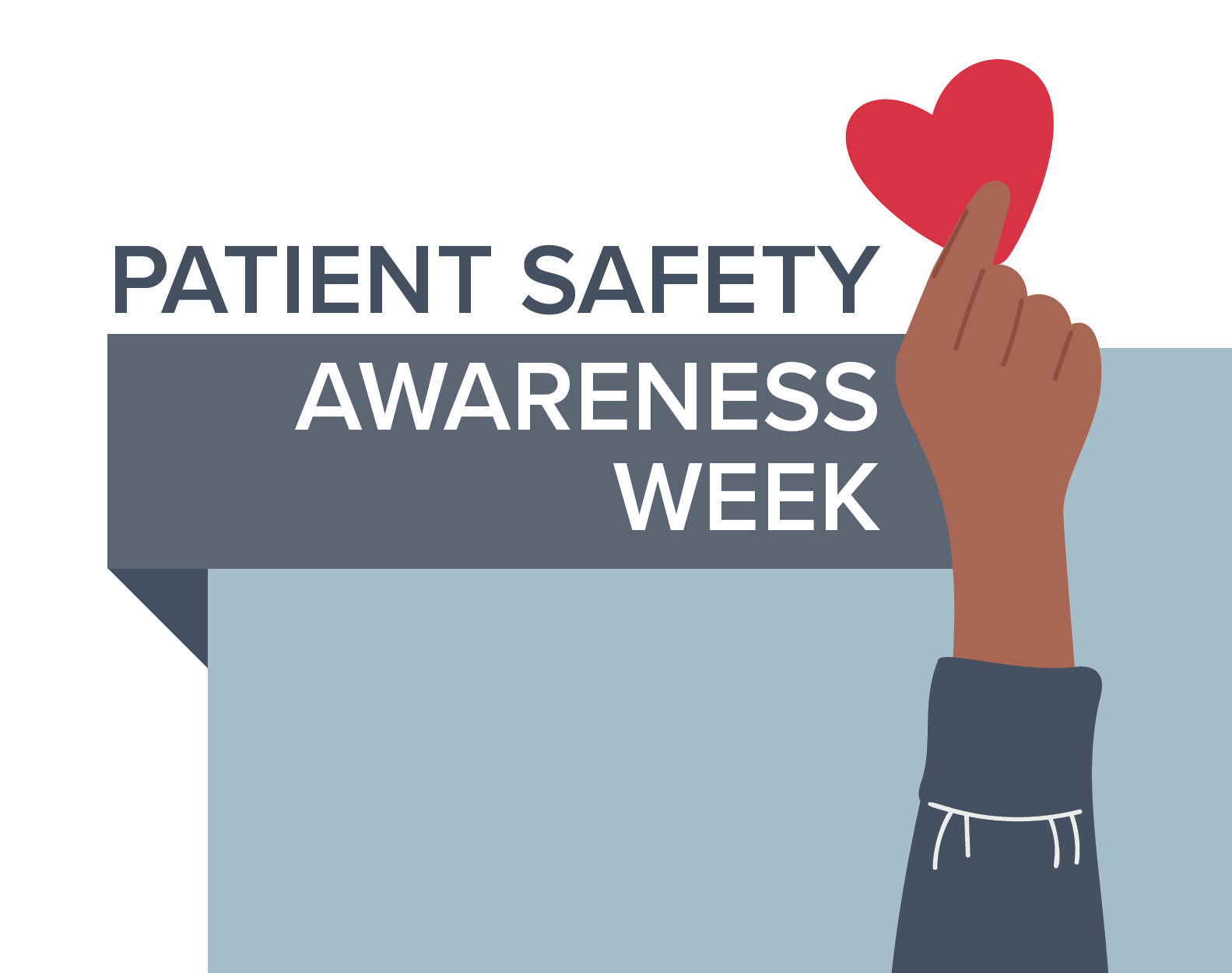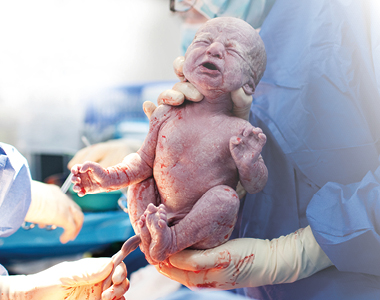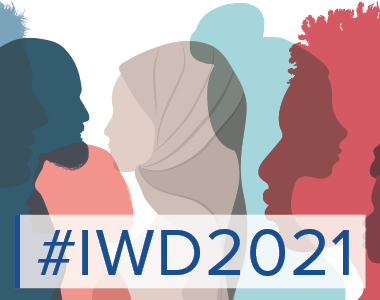Improving Patient Safety Through Medical Education and Simulation
Lapses in patient safety can lead to significant morbidity and mortality. Improving clinical staff’s emphasis on patient safety requires emphasis in education, hands-on practice, and patient engagement.
Healthcare providers from all levels must remember that patient safety is everyone’s responsibility. That is why during March, hospitals, nursing homes, medical and nursing schools across the country will observe Patient Safety Awareness Week, which promotes the best patient safety practices.
According to the Harvard Global Health Institute, patient harm due to errors in healthcare delivery has been recognized as one of the top 10 causes of disability and death in the world. This leads to loss of income and productivity for those affected.
Nursing and medical students must remember that patient safety involves risk management, medication management, infection control, and patient education that requires internalization of the knowledge and principles as well as the incorporation of hands-on experience.
Medical simulation curriculums that teach infection control while integrating it with clinical care, injection practice, and catheter placement can emphasize the importance of patient safety.
According to the World Health Organization (WHO), there are a number of different educational formats that can be used in the delivery of a safety education curriculum that includes lectures, bedside teaching, small group learning, case-based discussions, independent study, patient tracking, role play, medical simulation, and undertaking improvement projects.
One of the benefits of implementing a culture of patient safety at healthcare teaching institutions is that it can be integrated into procedural skill training. Numerous patient safety topics can be addressed in various procedural skills labs, which allow students to place value and meaning in the principles of patient safety while seeing real-life practical applications.
With the simulated patient monitor REALITi Pro, trainees learn with an exact simulation of the patient monitor they will work with in real life to gain competency in monitoring vital signs and interventions as they enter the wards. Students who train with a simulation system by iSimulate will also gain experience with ECG and cardiac lead placement since gaps in cardiac monitoring, incorrect cardiac electrode placement, and surveillance standards have been shown to endanger patient safety.
Communicating the health plan to patients and their family is key to advance healthcare practices while prioritizing patient safety. Capturing moments where patients and families can be educated about their participation in their care is pivotal for patients and families to feel comfortable advocating for themselves.
Planning and performing all patient care tasks at the patient’s bedside can improve patient participation and also adhere to clinical adherence to patient safety guidelines. This will ensure that Patient Safety Awareness is practiced during all 52 weeks of the year.
References:
Healthcare providers from all levels must remember that patient safety is everyone’s responsibility. That is why during March, hospitals, nursing homes, medical and nursing schools across the country will observe Patient Safety Awareness Week, which promotes the best patient safety practices.
What Is Patient Safety?
Patient safety is the absence of preventable harm and the prevention of unnecessary harm by healthcare professionals. Staff should lead with a culture of safety, prevent patient harm, and increase patient and family engagement while improving our community’s health.According to the Harvard Global Health Institute, patient harm due to errors in healthcare delivery has been recognized as one of the top 10 causes of disability and death in the world. This leads to loss of income and productivity for those affected.
Nursing and medical students must remember that patient safety involves risk management, medication management, infection control, and patient education that requires internalization of the knowledge and principles as well as the incorporation of hands-on experience.
Medical Education
As future healthcare providers, students should thoroughly learn the basics of patient safety knowledge and how to do diagnose and treat with patient safety in mind to advance healthcare delivery. Hands-on experience, with concurrent feedback from trainers and coaching without placing real patients at risk is a training approach that will yield positive results.Medical simulation curriculums that teach infection control while integrating it with clinical care, injection practice, and catheter placement can emphasize the importance of patient safety.
According to the World Health Organization (WHO), there are a number of different educational formats that can be used in the delivery of a safety education curriculum that includes lectures, bedside teaching, small group learning, case-based discussions, independent study, patient tracking, role play, medical simulation, and undertaking improvement projects.
Hands-On Experience
Variation in the adherence to patient-safety principles could be attributed to the varying levels of knowledge of the outcomes of these principles. This is why utilizing 3B Scientific’s Nikki the Nursing Manikin with Auscultation powered by Cardionics will allow clinical students to develop competency in patient care and safety. The student can practice patient transfer skills, positioning and changing, patient hygiene care, wound treatment, and bedside communication skills with this manikin.One of the benefits of implementing a culture of patient safety at healthcare teaching institutions is that it can be integrated into procedural skill training. Numerous patient safety topics can be addressed in various procedural skills labs, which allow students to place value and meaning in the principles of patient safety while seeing real-life practical applications.
With the simulated patient monitor REALITi Pro, trainees learn with an exact simulation of the patient monitor they will work with in real life to gain competency in monitoring vital signs and interventions as they enter the wards. Students who train with a simulation system by iSimulate will also gain experience with ECG and cardiac lead placement since gaps in cardiac monitoring, incorrect cardiac electrode placement, and surveillance standards have been shown to endanger patient safety.
Keep the Patient and Family in Mind
To get clinical staff to continue to adhere to patient safety principles, patients and their families should be engaged in their care. This includes constant communication about updates on care, having family present during multidisciplinary rounds, and developing guidelines with the consideration of patients and their family’s knowledge of the healthcare process in mind.Communicating the health plan to patients and their family is key to advance healthcare practices while prioritizing patient safety. Capturing moments where patients and families can be educated about their participation in their care is pivotal for patients and families to feel comfortable advocating for themselves.
Planning and performing all patient care tasks at the patient’s bedside can improve patient participation and also adhere to clinical adherence to patient safety guidelines. This will ensure that Patient Safety Awareness is practiced during all 52 weeks of the year.
References:
- Vaismoradi M, Tella S, A Logan P, Khakurel J, Vizcaya-Moreno F. Nurses' Adherence to Patient Safety Principles: A Systematic Review. Int J Environ Res Public Health. 2020;17(6):2028. Published 2020 Mar 19. doi:10.3390/ijerph17062028
- Harvard Global Health Institute Patient Safety: A Major Public Health Challenge. [(accessed on 8 March 2020)]; Available online: https://globalhealth.harvard.edu/qualitypowerpoint.
- World Alliance for Patient Safety. (2009). WHO PATIENT SAFETY CURRICULUM GUIDE FOR MEDICAL SCHOOLS [Brochure]. The United Kingdom. https://www.who.int/patientsafety/information_centre/documents/who_ps_curriculum_summary.pdf




